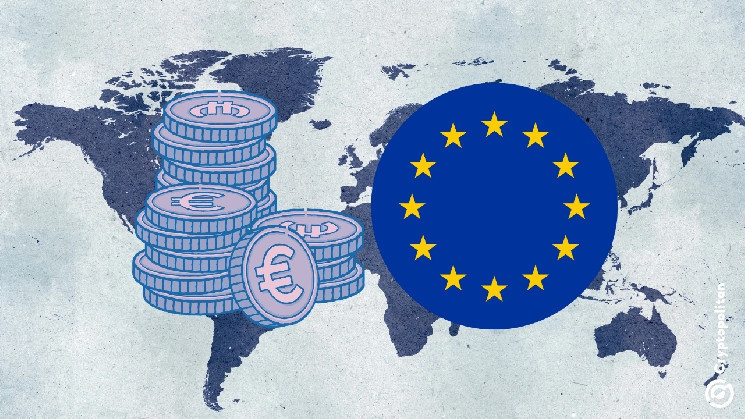The European Union (EU) is gearing up to implement new Anti-Money Laundering (AML) regulations in the crypto space next year to combat money laundering and terrorist financing. These regulations aim to strengthen oversight and reduce risks in the EU’s financial system.
The new AML framework will introduce the Anti-Money Laundering Authority (AMLA), a regulatory authority that will facilitate collaboration among key authorities and enhance supervision in the crypto sector. This move comes after a series of high-profile crypto crimes in the region, with 1% of the EU’s GDP linked to suspicious financial activities.
Since 2018, the EU has been working on AML/CFT regulations, initially focusing on custodian wallet providers and crypto-to-fiat currency service providers. However, the regulations lacked coverage on market entry controls and consumer protection requirements. In response to the evolving landscape of financial crimes, the EU is now expanding its regulations to include a broader range of crypto-asset issuance, trading, and services.
By the end of 2025, the EU is expected to implement a comprehensive legislative AML/CFT policy package, including a single rulebook for the region. This rulebook will encompass a wider range of firms such as mortgage and consumer credit intermediaries, fund managers, crowdfunding platforms, and investment migration operators.
The new framework will also introduce the 6th Money Laundering Directive (6AMLD), which will mandate EU member states to conduct National Risk Assessments (NRAs) every four years. Member states will also be required to establish regulatory bodies to oversee self-regulatory authorities and develop joint-analysis frameworks for their Financial Intelligence Units (FIUs).
Furthermore, the AML/CFT framework will impose regulations on funds and asset transfers. Wire and crypto-asset transfers will need to include specific details like Legal Entity Identifiers (LEIs), and crypto-asset service providers must collect and share originator and beneficiary information with law enforcement agencies upon request. Non-crypto remitters and CASPs will also need to include LEIs whenever available.
Overall, the EU’s new AML regulations signify a significant step towards combating financial crimes in the crypto space and ensuring the integrity of the region’s financial system. Stay tuned for more updates on these regulations as they come into effect next year.

